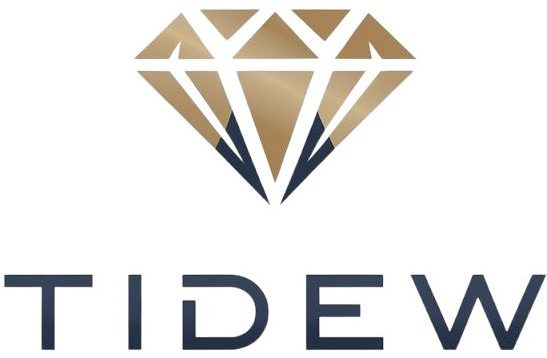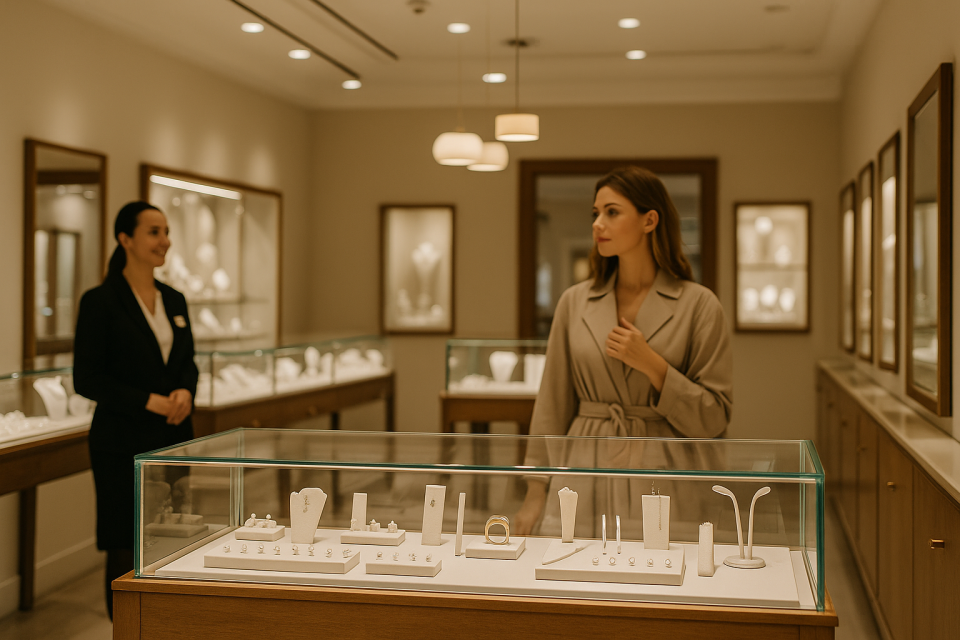Introduction
The global jewelry industry, valued at over $350 billion annually, has historically revolved around mined diamonds as a symbol of rarity, heritage, and romance. For decades, luxury retailers relied on controlled supply chains and emotional marketing to create exclusivity and premium pricing. However, the emergence of lab-grown diamonds (LGDs)—chemically and optically identical to natural diamonds—has begun disrupting these long-standing models.
Affordable, sustainable, and customizable, lab-grown diamonds are attracting Millennial and Gen Z consumers, who place a high value on transparency and social responsibility. This shift is challenging not only the products being sold but also how jewelry is sourced, marketed, and delivered.
The Core Model of Traditional Jewelry Retail
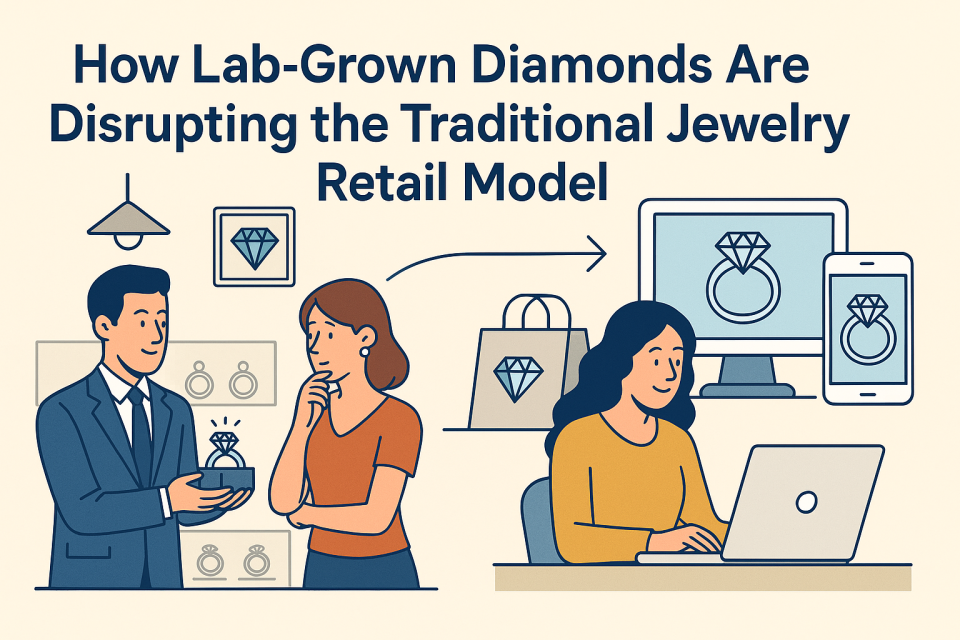
Traditional jewelry retail relied on brick-and-mortar locations, complex supply chains, and heritage marketing. Stores in prime shopping districts emphasized exclusivity and emotional connections. Supply chains, often spanning mining hubs to wholesale distributors, contributed to high markups. Marketing campaigns such as De Beers’ “A Diamond Is Forever” linked mined diamonds with romance and rarity, but these models struggled with modern consumer demand for transparency and sustainability.
Channel Shifts Driven by Lab-Grown Diamonds
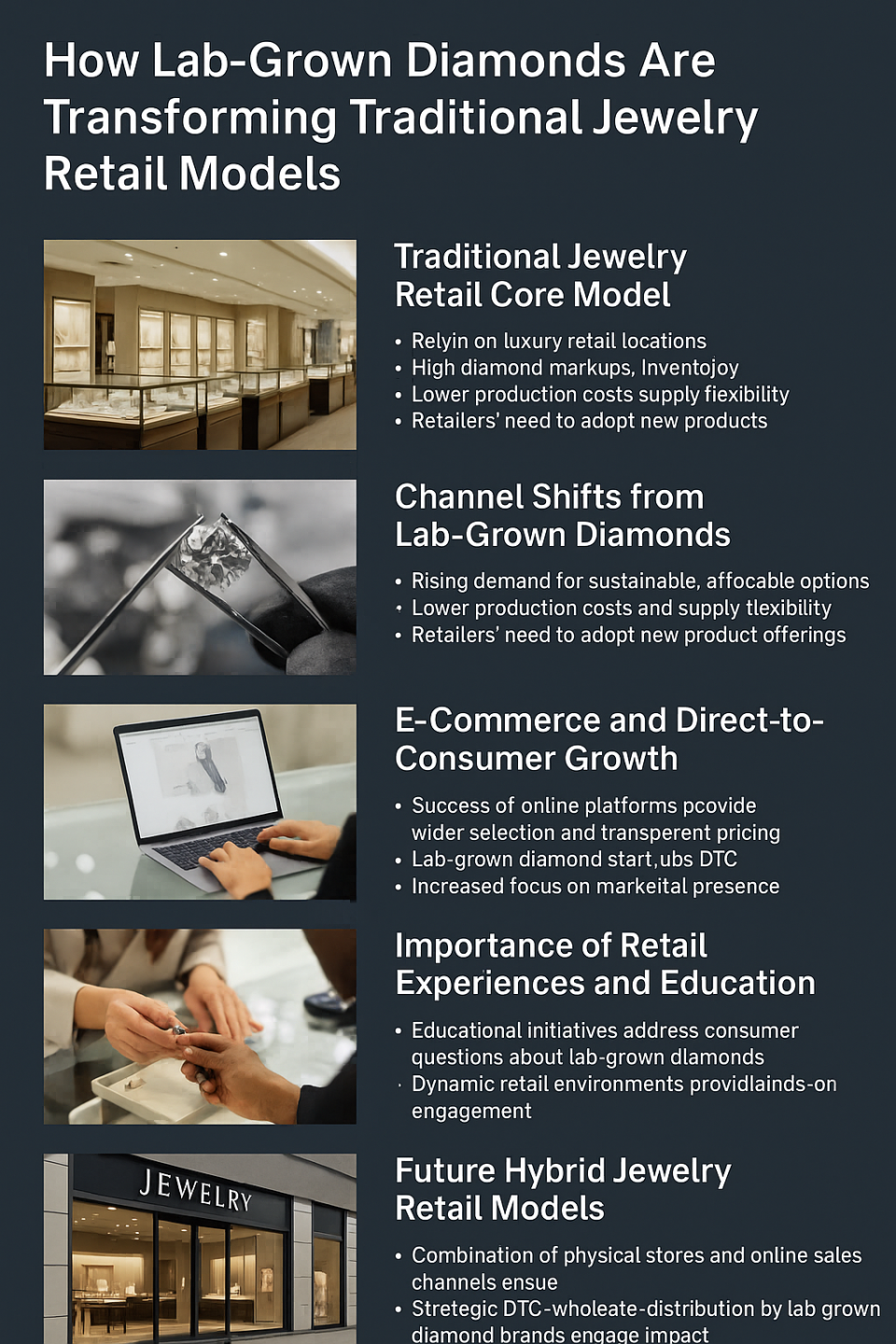
Lab-grown diamonds simplify supply chains by eliminating mining and middlemen. Jewelers can source directly from laboratories, reducing costs and ensuring steady supply. Prices are typically 30–60% lower, attracting younger and first-time diamond buyers. Predictable production also enables faster trend adoption, including fancy-colored diamonds and custom bridal designs, allowing retailers to respond to demand dynamically.
The Rise of E-Commerce and Direct-to-Consumer Brands
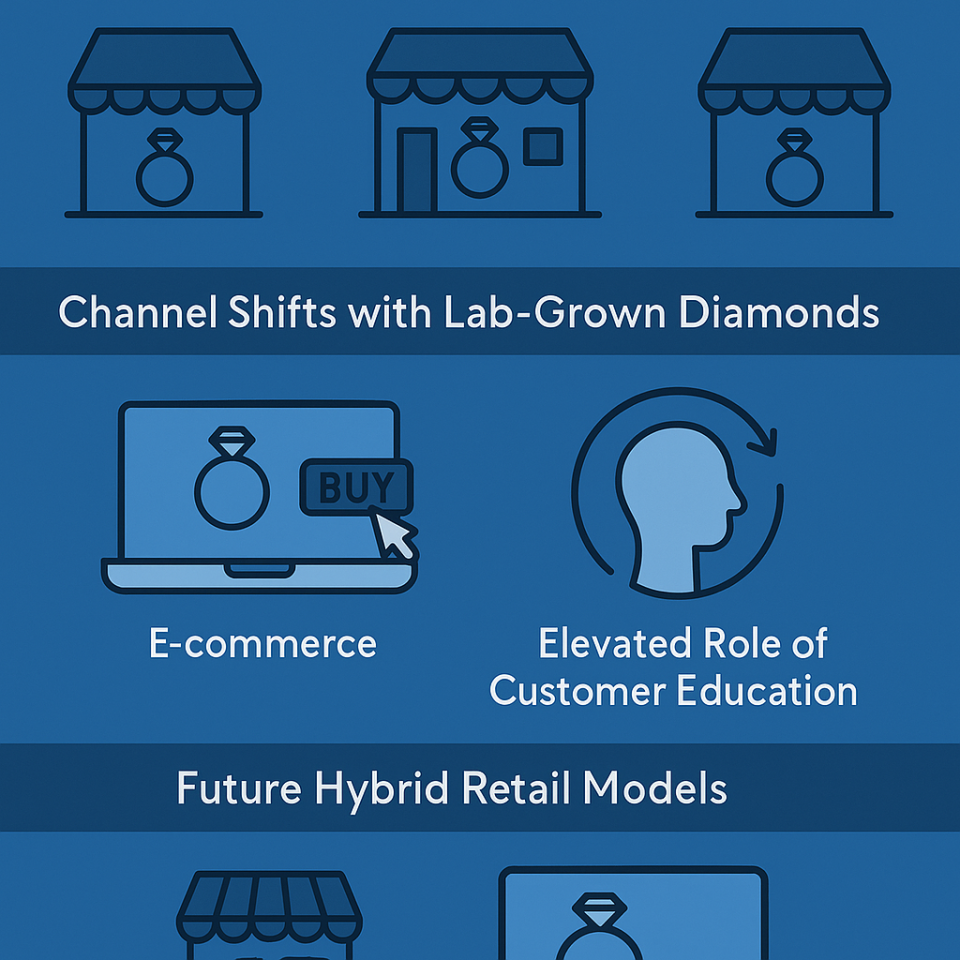
Lab-grown diamonds align perfectly with digital-first strategies. E-commerce platforms and direct-to-consumer (DTC) brands like Vrai and Clean Origin thrive by offering transparent pricing, customization tools, and global reach without expensive physical infrastructure. Features like AR try-ons, AI-driven product recommendations, and virtual consultations replicate in-store experiences online. In 2024, online jewelry sales grew by 35%, with lab-grown diamonds leading growth, particularly among Gen Z and Millennial consumers.
Retail Experience and Customer Education
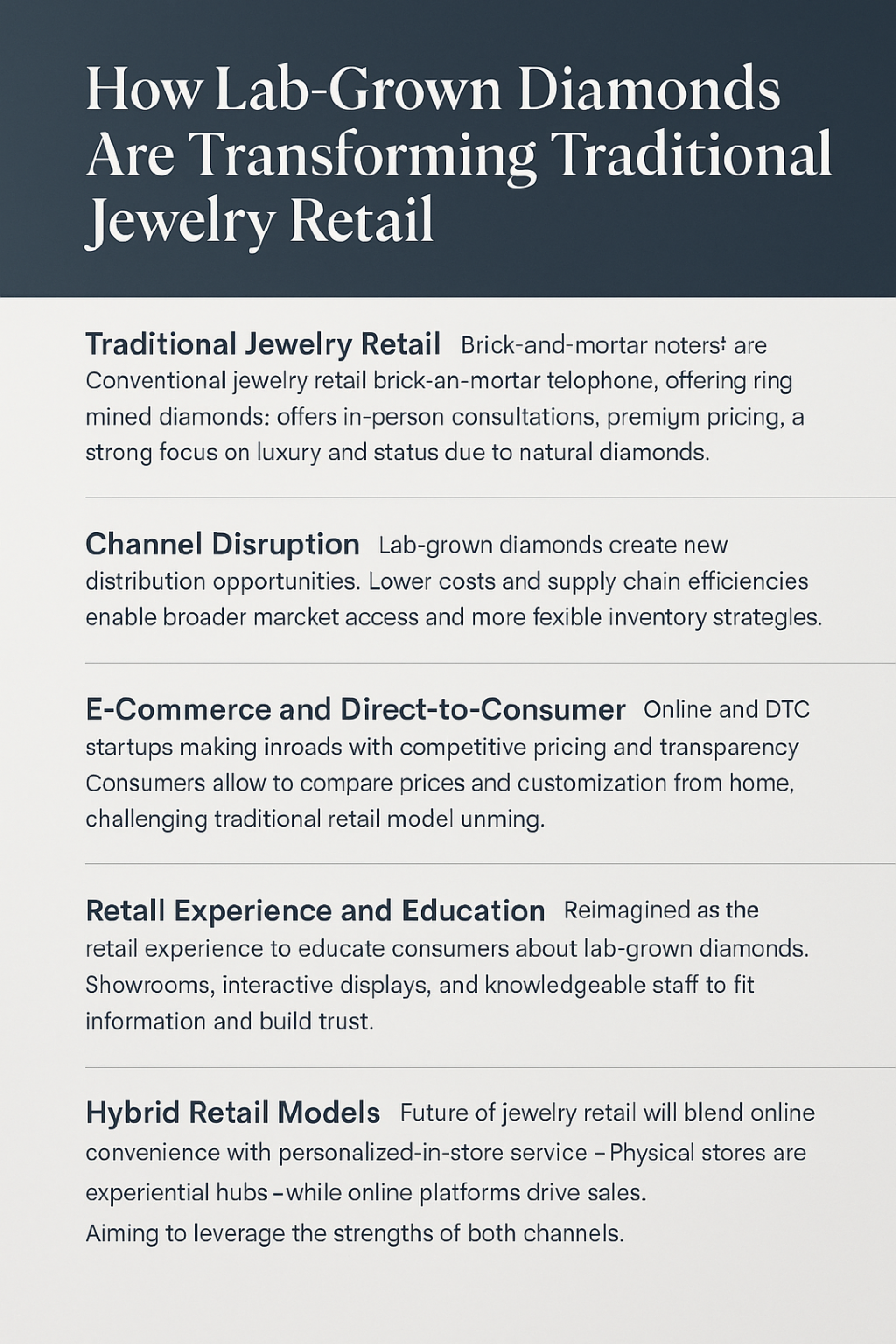
Despite digital growth, physical retail remains essential for building trust and educating customers about lab-grown diamonds. Many stores now feature interactive sustainability exhibits, lab-grown diamond comparisons, and jewelry customization workshops. A European jeweler introduced a “Sustainability Lab Corner,” increasing customer dwell time by 40% and boosting conversion rates by 18%. This hybrid education and experiential approach is key to attracting ethically minded buyers.
The Future: Hybrid Jewelry Retail Models
The future of jewelry retail is hybrid: blending online convenience with immersive in-store experiences. Consumers expect seamless transitions between browsing online, booking virtual consultations, and finalizing purchases in person. Retailers adopting data-driven personalization, omnichannel logistics, and sustainability-focused branding will be best positioned for growth. By 2030, hybrid models are projected to represent 65% of global jewelry sales, with lab-grown diamonds at the forefront of this transformation.
Conclusion
Lab-grown diamonds are catalyzing innovation across the jewelry industry. They shorten supply chains, support e-commerce and direct-to-consumer models, and encourage experiential in-store education. Traditional jewelers who embrace hybrid retail and sustainability messaging will attract younger, ethically focused consumers and thrive in this evolving landscape.
